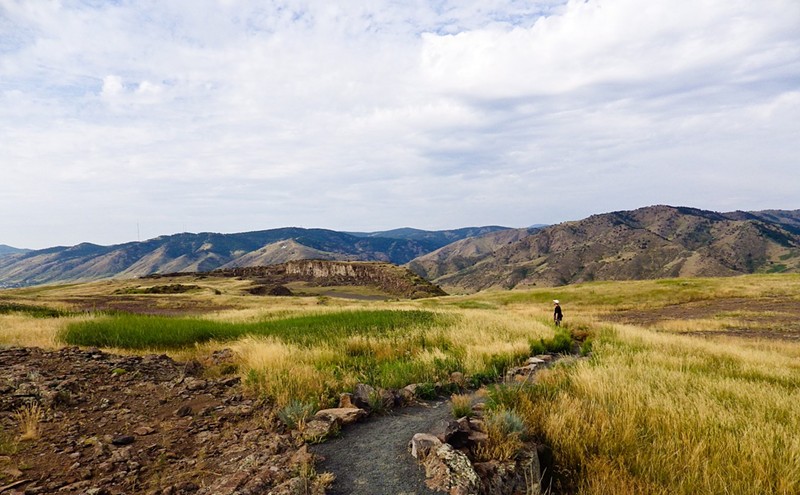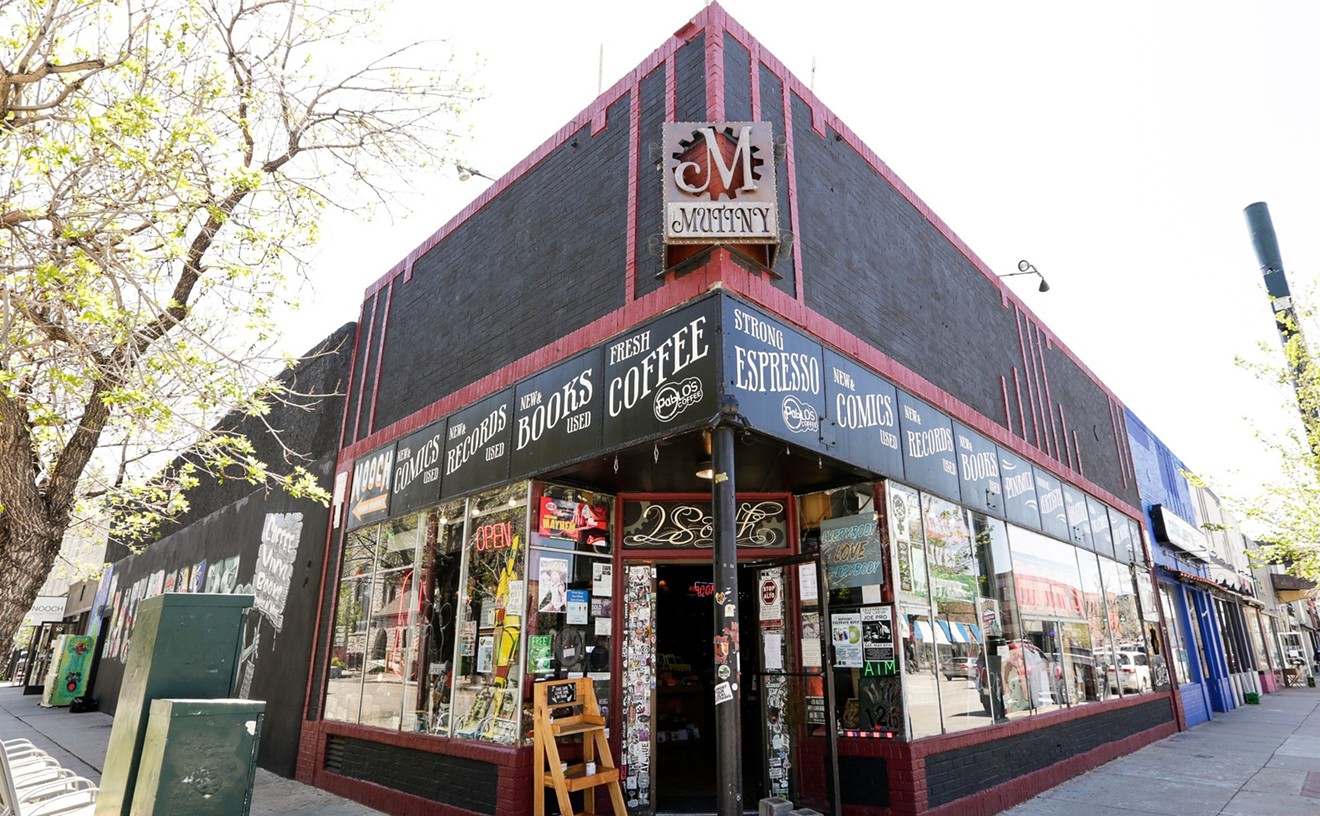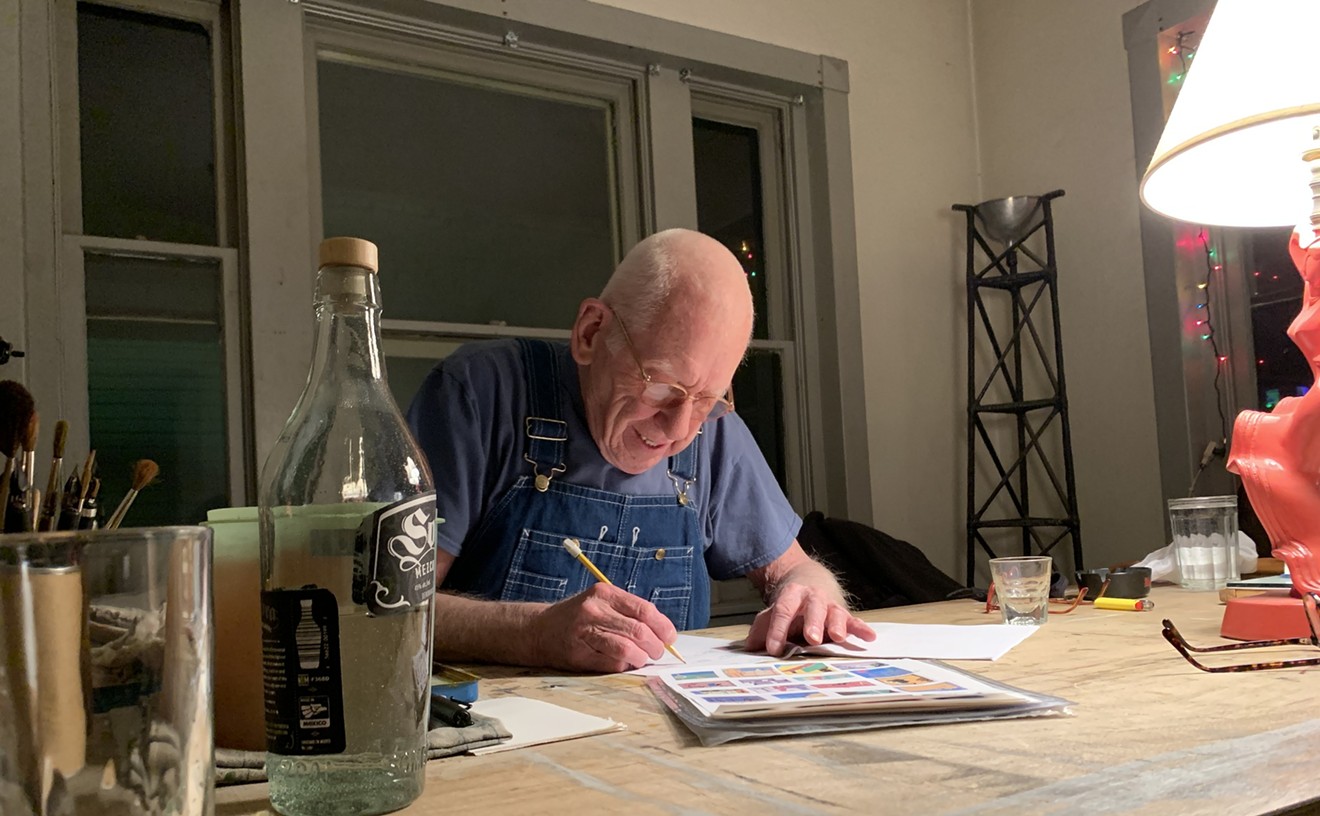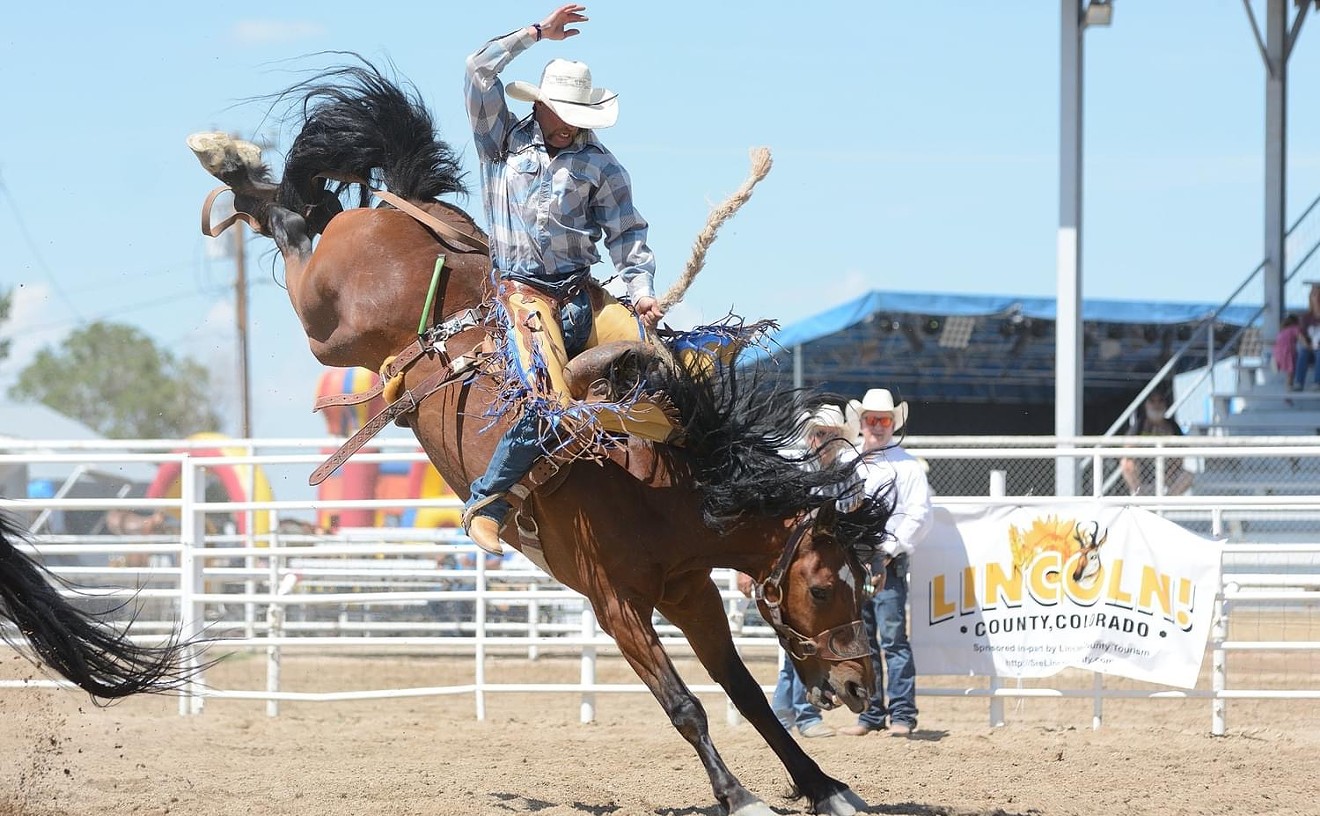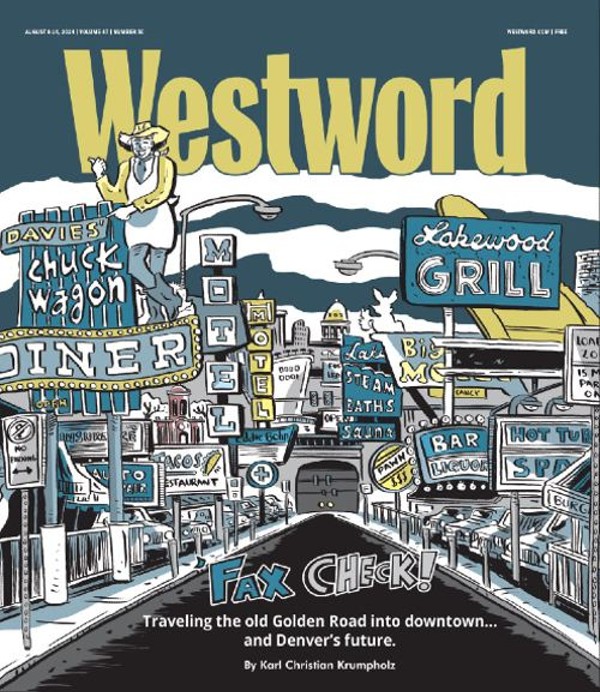“With this tool, CPW and our partners can find information to help us understand where there is access to parks, trails and open space, and where future investments are needed to ensure everyone has outdoor recreation opportunities close to home,” says CPW Director Jeff Davis in a statement.
Trust for Public Land’s key findings reveal that 80 percent of Coloradans live within a half-mile or ten-minute walk of public outdoor recreation spaces, and roughly 99 percent are within a ten-mile drive. These numbers may seem impressive, but the deficit is more obvious in other terms. Considering the statewide population, nearly 1.2 million Coloradans live outside of convenient walking distance to recreation spaces, and roughly 48,000 people are more than a ten-mile drive away.
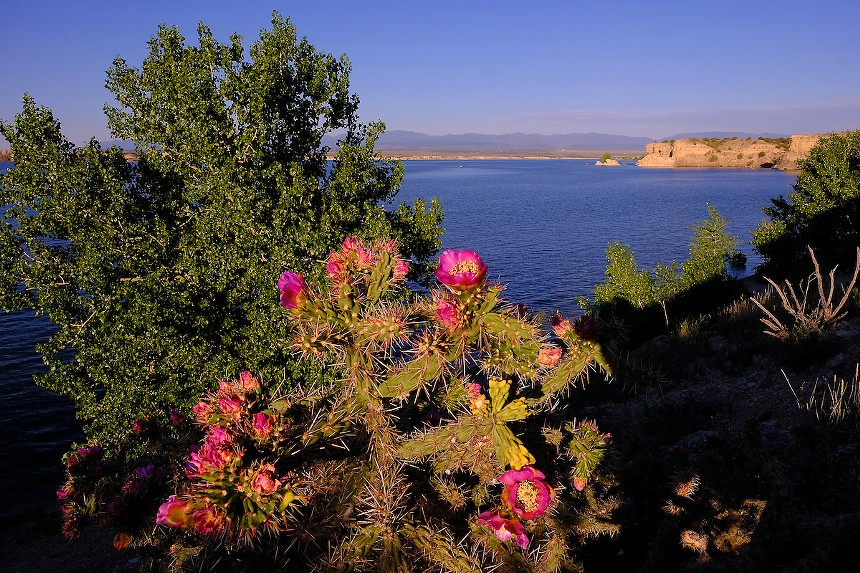
Lake Pueblo State Park south of Pueblo West, which ranks as the top Colorado city lacking outdoor access.
Colorado Parks and Wildlife
In an effort to foster equity and diversity, the project also involved an in-depth analysis of disproportionately impacted communities, or DIC. The state defines these as low-income, housing cost-burdened, linguistically isolated, historically marginalized and cumulatively impacted. They also include communities of color, tribal lands and mobile home parks.
In Denver, 53.8 percent of the population is deemed to live within a DIC. Of this group, 3.7 percent, or 14,640 residents, are outside of a ten-minute walk to outdoor recreation spaces. By this measure, Denver ranks third among Colorado municipalities with the highest number of residents in disproportionately impacted communities. Colorado Springs is second, and Aurora ranks first, with 6.5 percent, or 18,691 DIC residents more than a half-mile walk from parks, trails or water access locations.
O'Rourke acknowledges the importance of the outdoors for mental, physical and emotional health, as well as its cultural relevance. “Part of living in Colorado is embracing that outdoor lifestyle," she says. "If people are unable to get to trails or parks within their neighborhood or their community, then they're missing out on those outdoor opportunities that we know benefit all Coloradans.”

